You might be shocked to hear that more than one million plant and animal species are at risk of extinction around the world. Not in hundreds of years; for some, it’s decades. From majestic Arctic polar bears to North Atlantic right whales to Sumatran tigers, every corner of the world is affected by pollution, habitat loss, and climate change. Wildlife around the world needs our help now more than ever.
In this article, you’ll discover fascinating animal species from each continent, their unique habitats, and learn about the real threats they face. We’ll also share ways you can contribute to conservation. From small lifestyle changes to supporting reputable global initiatives, at Remitly, we know that every action counts.
North America: from Arctic tundra to desert landscapes
“Variety” describes North America’s range of habitats well. It has Arctic tundra in Northern Canada, tropical waters off the coast of Mexico, and the Sonoran Desert in the Southwest US. That means some amazing animal species live here.
Species that define the continent
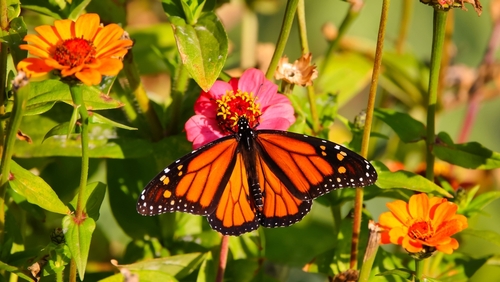
Grizzly bears are a true symbol of the untamed wilderness in the northern part of the continent. They thrive in the mountains and dense forests—as long as we don’t get in the way.
Monarch butterflies are legendary travellers, migrating incredible distances each year. They move millions-strong from the Rocky Mountains of Canada all the way to Mexico to spend the winter.
California condors are just as impressive. They are North America’s largest land bird and were once reduced to just 22 individuals in the 1980s. Lucky for us, they’ve made a real comeback through captive-breeding and reintroduction programs.
Habitats that shape North America
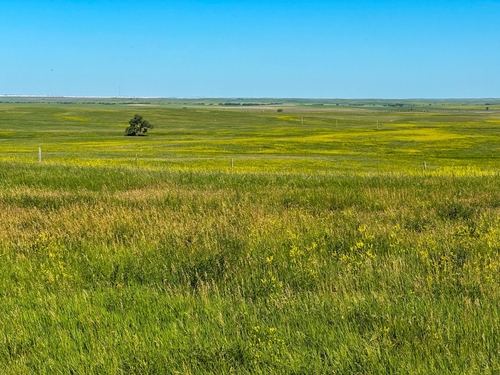
- Canada’s boreal forests: Fortunately for wildlife like bears, deer, wolves, and moose, boreal forests in Canada stretch from coast to coast. These lush forests are also a prime breeding ground for migratory birds.
- The Great Plains grasslands: Found in both Canada and the US, these flat areas are just perfect for pollinators, ground-nesting birds, and grazing bison.
- The Sonoran Desert: Stretching across Arizona and into Mexico, the biodiversity here is huge. From towering saguaro cacti to Gila monsters to a small population of jaguars, there’s a lot going on.
Conservation successes and ongoing challenges
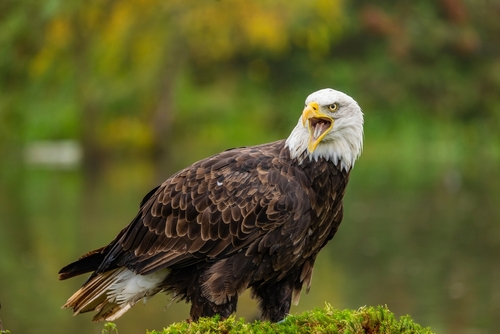
The bald eagle, an icon of North America, was once under threat. The US Bald Eagle Protection Act, passed in 1940, and the government’s banning of the pesticide DDT have enabled endangered species protection for these birds of prey. By 2007, bald eagles were removed from the list of threatened and endangered species.
The news isn’t as good for polar bears. They are losing critical sea ice habitat due to climate change. Grassland species are also declining as prairies are repurposed for agriculture.
Wondering how to help wildlife conservation here? Support causes like the Yukon to Yellowstone Conservation Initiative to establish safe passage wildlife corridors in the Rockies, or American Prairie, which aims to rewild grasslands.
South America: the Amazon and beyond
South America’s ecosystems have lots of biodiversity. Wildlife inhabits the continent’s dense equatorial rainforests, sweeping grasslands, and steppes, which have virtually no trees.
Biodiversity hotspots and their inhabitants
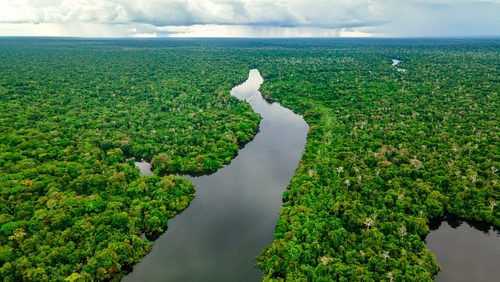
- Amazon rainforest: The Amazon is big. Actually, huge. It covers 2.1 million square miles and has over 400 billion trees. It contains 10% of the world’s known species, from the smallest fairyflies to the largest Amazonian manatees and jaguars.
- Pantanal wetlands: Located in Brazil, Bolivia, and Paraguay, these are among the largest tropical wetlands in the world. Migratory birds and large apex predators like jaguars and caimans thrive here.
- Patagonian steppes: These areas stretching across Argentina and Chile may look sparse, but they’re far from empty. They support guanacos (related to llamas), rheas (South American ostrich), and the elusive Andean condor.
Unique animal species
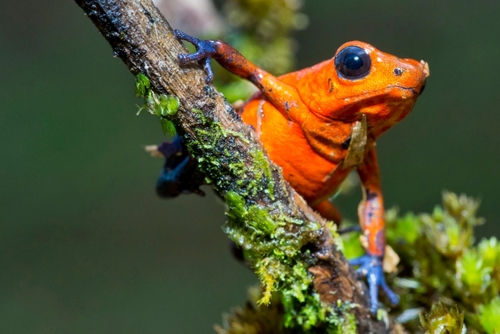
- Jaguars: We simply can’t talk about the species of South America without mentioning jaguars. They’re this continent’s top predator, and the highest concentration is in the Pantanal wetlands.
- Poison dart frogs: These brightly coloured amphibians may look appetizing, but the vibrant tones should serve as a warning. If ingested by a predator, they will cause discomfort and even death.
- Andean spectacled bears: Yes, South America has bears, too, but the Andean speckled variety is the only native species. They play a big role in seed dispersal throughout the continent’s mountain forests.
Challenges and solutions
The main issue affecting South American habitats and wildlife is deforestation. The destruction of precious trees is driven by agricultural needs, cattle ranching, and illegal logging, and is a particular threat to the Amazon rainforest.
But all is not lost. To combat deforestation, we need reforestation. Initiatives like ReforesTerra are focused on restoring 2,000 hectares of Brazil’s Amazon rainforest.
Africa: savannas, deserts, and rainforests
Think of Africa and you likely think of wildlife. It’s known for the “Big Five,” which are lions, leopards, elephants, rhinos, and Cape buffalo. But there’s a lot more to this continent than its most famous residents.
Lesser-known but equally important species include pangolins and African wild dogs. Pangolins are at risk due to poaching—they are the world’s most trafficked mammal. African wild dogs help control the population of herbivores like warthogs and wildebeests.
Africa’s ecosystem diversity
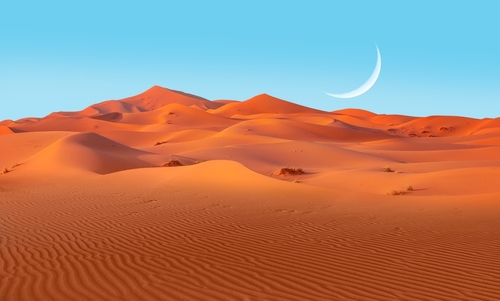
- Sahara Desert: As the world’s largest hot desert, you’ll find adapted species here, like the fennec fox and desert addax.
- African savannas: Located in the east and south, this is where we find herds of zebra and wildebeest grazing.
- Congo Basin rainforest: This is home to some other well-known species, like forest elephants and gorillas. It’s the largest rainforest in the world after the Amazon.
Human-wildlife conflict and community conservation
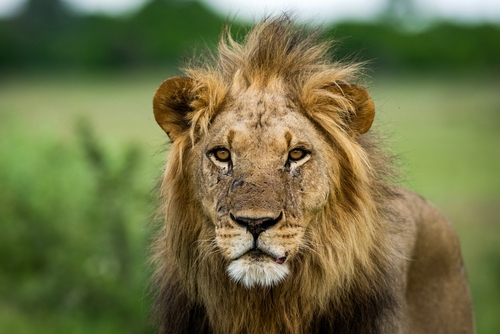
As Africa’s human population grows, so does the conflict between people and wildlife. Crop-raiding elephants, lions preying on livestock, and competition for water create tensions.
Getting the community involved is the only way to protect everyone and everything. Conservation programs aim to spin wildlife as an asset instead of a liability. People and animals benefit from eco-tourism initiatives—jobs are created and ecosystems are protected.
Historically, poaching has been a major threat to Africa’s wildlife, but anti-poaching efforts, like ranger patrols and drone surveillance, have helped stabilize some populations of elephants and rhinos.
Additionally, wildlife corridor projects like the Kavango-Zambezi Transfrontier Conservation Area connect habitats so that species like elephants and wild dogs can move freely.
Asia: bamboo groves, high peaks, and rainforests
Asia really has it all—and that includes wildlife. Habitats range from tropical rainforests to the Himalayan mountains and the Gobi Desert.
Asia’s endangered species
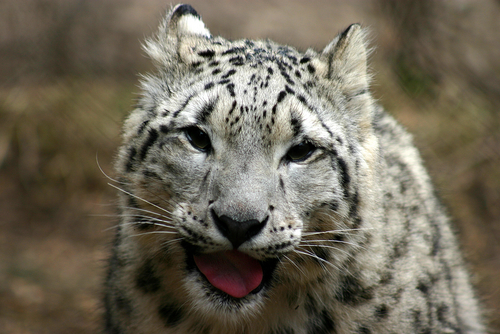
- Tigers: These majestic animals were once found across most of Asia, but are now endangered. 93% of the tigers’ habitat is disappearing due to human encroachment.
- Orangutans: Palm oil farming and logging are the main reasons the orangutans of Borneo and Sumatra are endangered.
- Snow leopards: Snow leopards are on the decline, and some research says the numbers have decreased 10% in the last three generations.
Unique habitats
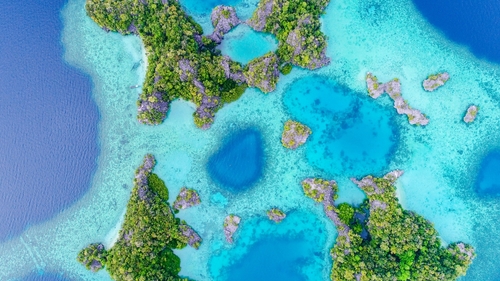
- Bamboo forests: Bamboo forests are the only food source for the giant pandas of central China.
- Coral reefs: The “Coral Triangle” in Southeast Asia supports thousands of fish and six of the world’s seven species of marine turtle.
- High-altitude regions: In areas like the Himalayas, snow leopards, yaks, blue sheep, and migratory birds depend on the mountainous terrain and wetlands.
Conservation challenges and successes
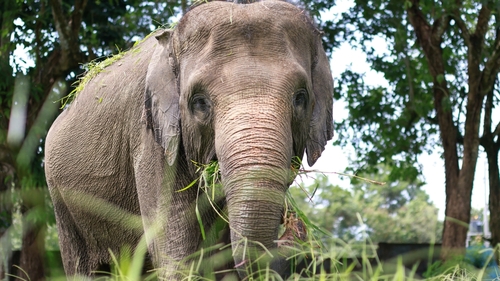
Since Asia is the most densely populated continent, space is at a premium. Aside from habitat loss, there’s an illegal wildlife trade that particularly threatens pangolins, rhinos, and elephants.
The addition of tiger reserves in India has helped these big cats rebound: The population doubled between 2006 and 2018.
Europe: recovery and rewilding
Europe is a model of how a dense population and wildlife can happily coexist. Through everything from rewilding initiatives to reintroduction, Europe has seen wolves return to Germany, Eurasian lynx reintroduced in Switzerland, and European bison on the verge of extinction roam freely in Poland and Romania.
Urban wildlife and conservation efforts
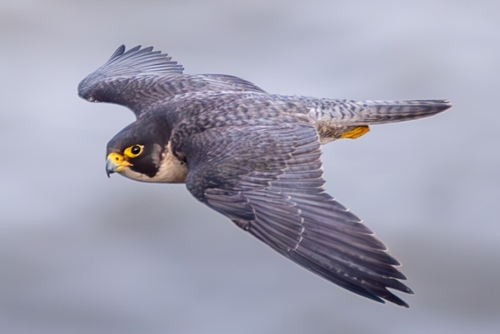
Because of population constraints, creativity is key. Peregrine falcons and hedgehogs are now thriving in cities, and in the UK, it’s increasingly common to find foxes living in backyards. They can move more freely (and safely) due to the expansion of green corridors that connect their habitats.
But cities aren’t for everyone, so projects like Rewilding Europe are hard at work protecting land across the continent against things like farming, hunting, and human expansion. They focus on areas like the Iberian Highlands and the Danube Delta.
Wildlife conservation efforts in Europe aren’t limited to land. Marine-focused projects include stricter fishing regulations in the North Sea to address declining cod and seabird populations, and efforts in the Mediterranean Sea to protect sea turtles from pollution.
Australia and Oceania: unique island nations
This area is famous for the Great Barrier Reef, pristine beaches, and colourful birds, not to mention kangaroos. You’ll find species here that you simply won’t find anywhere else.
Endemic animal species
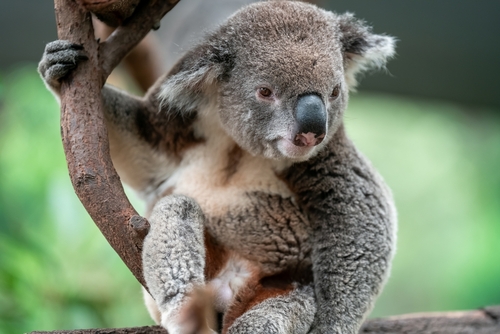
- Koalas: These iconic eucalyptus-eating tree-dwellers of eastern Australia are vulnerable due to deforestation.
- Tasmanian devils: Found only on the island of Tasmania, crucial wildlife conservation efforts are underway to protect the population from a deadly facial tumor disease.
Island biogeography and vulnerability
Isolation has created Oceania’s unique biodiversity, but it’s fragile. Many species evolved without predators and are now vulnerable to invasive animals like cats and cane toads. These invaders have caused dramatic declines, particularly among ground-nesting birds and small mammals.
Climate change impacts
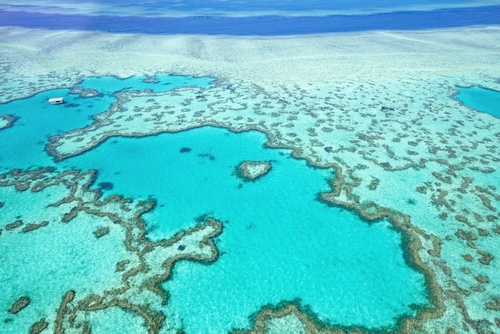
The Great Barrier Reef faces mass coral bleaching events as rising sea temperatures stress marine ecosystems. In Australia, bushfires are increasingly common due to dry conditions and hot temperatures. Low-lying islands like Tuvalu have to watch rising sea levels carefully to protect both wildlife and people.
Indigenous land management
We can all learn a little from the way Indigenous peoples across Australia and the Pacific continue to manage their ecosystems. For example, cultural burning reduces wildfire risks while promoting biodiversity.
Antarctica: life at the extremes
This continent is cold, dry, and windy, but certain animal species are well-adapted to living here. The main threat to the survival of the penguins and seals, who have adapted to this barren landscape, is climate change.
Antarctica is unique in that it’s governed by international agreements rather than one nation. The goal is to preserve this unique continent for the wildlife and scientific exploration.
Regulating the planet’s climate
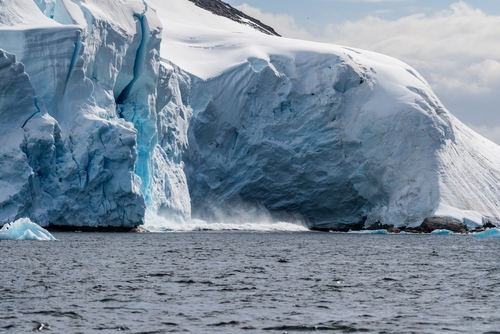
The Antarctic ice sheet reflects solar energy and locks away the majority of the planet’s freshwater. Its surrounding ocean currents, driven by the Antarctic Circumpolar Current, help regulate global temperatures and nutrient cycles that marine wildlife around the world relies on.
The impacts of climate change
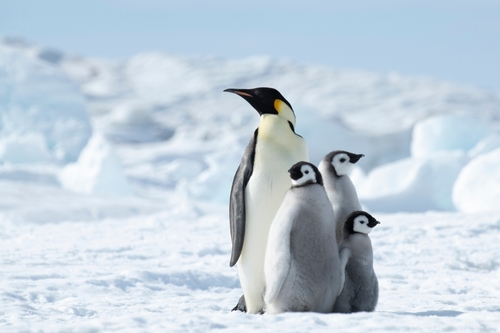
Although rising temperatures are affecting animal habitats worldwide, in Antarctica, the reduction in sea ice is especially harmful. Emperor penguins need the ice to breed. Antarctic krill is sensitive to sea ice changes—their larvae feed on algae under the ice. And humpback, minke, and blue whales depend on the krill population for food. The rising temperatures have a domino effect that impact many species.
How you can make a difference
Every purchase, trip, or lifestyle choice we make can either help conserve ecosystems or contribute to their decline. Here are some simple things you can do:
- Choose certified sustainable products, such as Marine Stewardship Council (MSC) seafood.
- Focus on eco-tourism that respects global wildlife.
- Donate to conservation organizations, like the World Wildlife Fund (WWF) and the Rainforest Trust.
- Cut down on single-use plastics.
- Take public transportation to reduce carbon emissions.
- Stay updated with reputable sources like the Society for Conservation Biology and the WWF Newsroom.
Every species matters
Humans and wildlife are so linked that the smallest change to an ecosystem can have an alarming worldwide ripple effect. Extinct species are beyond our help, but we can still do something to preserve the amazing ones that remain.
Conservation strategies do work—so get involved, donate, and take little steps in your own life to minimize your environmental impact. Get excited about global wildlife and immerse yourself in documentaries like Planet Earth and news blogs. Above all, spread the word about how extraordinary yet vulnerable our wildlife friends are.
FAQ
What are the most endangered species on each continent?
These are some of the animal species at extinction risk or critically endangered:
- Europe: The Iberian lynx
- Africa: The Barbary lion
- Asia: The Sumatran tiger
- The Americas: The Wyoming toad
- Oceania: The Northern hairy-nosed wombat
How can individuals contribute to global wildlife conservation?
Reduce plastic consumption and favour more sustainable products. Join efforts to protect our pollinators by planting wildflowers instead of grass, and consider donating to reputable environmental organizations.
Which wildlife habitats face the greatest threats worldwide?
The habitats under the most threat are tropical rainforests, coral reefs, and wetlands. These hotspots are full of biodiversity and are at risk from agriculture and deforestation, pollution, and urban expansion.
What conservation success stories offer hope for endangered species?
Due to overhunting, the Eurasian beaver was essentially extinct in England. Through wildlife habitat protection methods and conservation efforts, there are now more than 1.5 million in Europe. This shows that with careful management, endangered species can be brought back from the brink of extinction.
How does climate change affect wildlife across different continents?
Melting ice in the Arctic is a threat to polar bears and walruses. Fluctuations in water temperatures are causing coral bleaching, which devastates marine ecosystems in the Americas and Oceania.